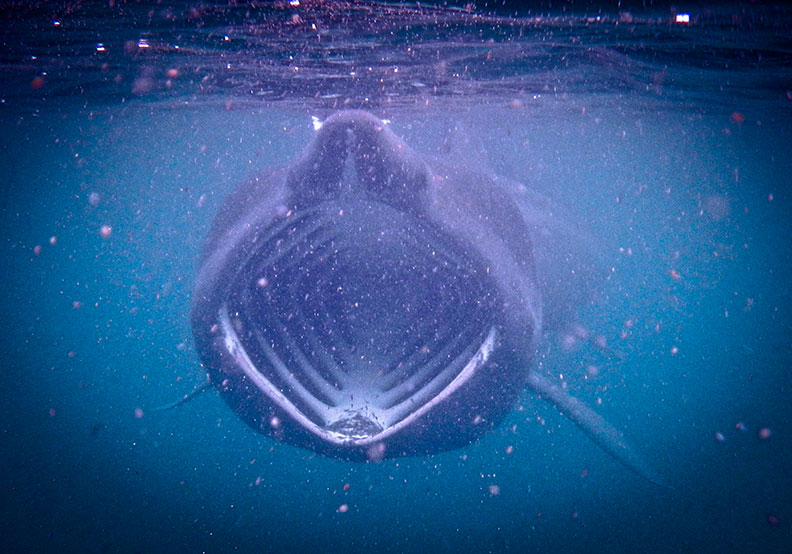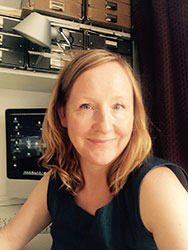Preparing for noisy activities ahead of a subsea cable project.
By Dr. Lorraine Gray, Director of Permitting at Pioneer Consulting
At this moment, a subsea cable buried at the bottom of the ocean that spans continents is providing the connectivity giving you access to this webpage. These cables are pivotal to delivering internet access across the globe, so their installation and protection are indispensable. However, doing so responsibly is a complicated process with innumerable stakes.
When contractors lay subsea cables, they need to keep in mind a wide variety of obstacles, from offshore wind farms to delicate wildlife habitats. For example, even the noise produced during cable installation can adversely affect marine life. Because of this, great care must be taken when beginning a subsea project to ensure the proper permitting and precautions are in place before commencing work.
There are a range of noisy activities that must be considered early on to avoid any project delays. Geophysical surveys, horizontal directional drilling (HDD), unexploded ordnance (UXO) denotation, and underwater construction (such as trenching and use of ultra-short baseline positioning equipment) are only a few things to consider that may trigger an additional permit requirement demanding evidence that the proposed activity will not impact marine wildlife.
Many forms of marine life, particularly cetaceans (whales, dolphins, and porpoises), use sound as their primary sense for navigation, finding food, and communication. Therefore, they could be affected by the noise and vibration resulting from a range of cable survey and installation activities. Cetaceans have different functional hearing groups, which are based on their auditory sensitivity:
Effects may be temporary and of little consequence to an individual animal. Conversely, they could directly impact an animal’s ability to survive or breed, particularly if it is subjected to repeated noise exposure. If many marine animals are affected, this could impact population-levels.
In the EU, cetaceans that are sensitive to noise are termed European Protected Species (EPS). All EU Member States are required to implement measures to prevent their capture, killing, or disturbance throughout their natural range. It is up to the Member States to transpose this directive into their own legislation, and in the UK, each administration (Scotland, N. Ireland, England, and Wales) have their own interpretation in law for the protection of EPS. Out of these, Scotland enforces the strictest regime.

Basking Shark feeding on plankton during the bloom in the Scottish waters off the Isle of Coll.
In addition to protecting mammals, should any noisy activities take place in a “hotspot” for basking sharks, Scotland also requires a Basking Shark License, according to the Wildlife and Countryside Act of 1981. Scottish inshore waters are internationally important for basking sharks and many cetaceans, with at least 23 species of whales, dolphins, and porpoises.
Many cable developers are surprised to find that geophysical survey equipment requires an EPS license: if source outputs are greater than 185dB and the operating frequency is less than 200kHz (which covers all geophysical survey equipment), it is likely that an EPS license will be required in Scotland. Northern Ireland’s thresholds are higher, and although consultation must take place for approval, cable surveys generally do not require an EPS license in England and Wales. If an EPS license is required in Scotland, the applicant is required to submit their application along with a Cetacean or Basking Shark Risk Assessment—hence, the developer may not be prepared for the added expense and extended project schedule.
Other additional resources required for survey activity include the use of Marine Mammal Observers (MMOs) and warning systems, such as Passive Acoustic Monitoring (PAM) with feedback to control activity. UXO detonation and HDD will likely result in more costly mitigation measures, such as the use of bubble curtains or pile sleeves. The JNCC provides excellent guidelines on this, explaining the use of soft-starts, training crew members in observation, and the use of ADDs, which initiate the trigger of marine mammals’ flight response.
The licensing authority in Scotland and the statutory nature conservation bodies (SNCBs) must meet several obligations before issuing EPS licenses. Should any noisy activities occur within any of Scotland’s network of Marine Protected Areas where cetaceans are designated, then the licensing authority has an Appropriate Assessment to carry out, which involves assessing cumulative noise impacts from other proposed developments.
In addition, applicants are required to lodge their activities with the Marine Noise Registry (MNR), administered by the JNCC. Even if the activity does not need an EPS license or a marine license, applicants must still submit their noise activity with the MNR. On completion of any noisy activity, applicants must submit a license report detailing their procedures and visual observations and include the original recordings of the MMO.
To avoid any disappointment when embarking on a subsea cable project, developers should plan ahead and make sure they include mitigations in survey contracts. The process can be lengthy, but acquiring the proper subsea licensing is essential to ensure the safety, and ultimately the survival, of marine species that rely on humanity for the preservation of their environments.
This article provides advice based on the experience of Pioneer Consulting’s permitting team, and should not be used as a decision-making tool. Early consultation with the appropriate licensing authorities is strongly advised.

Dr. Lorraine Gray
Dr. Lorraine Gray is director of permitting at Pioneer Consulting. She has 20 years experience in marine policy and regulations, including 7 years practicing EIA for various marine sectors.
In this episode, I sat down with Beejan Giga, Director | Partner and Caleb Emerson, Senior Results Manager at Carpedia International. We discussed the insights behind their recent Industry Today article, “Thinking Three Moves Ahead” and together we explored how manufacturers can plan more strategically, align with their suppliers, and build the operational discipline needed to support intentional, sustainable growth. It was a conversation packed with practical perspectives on navigating a fast-changing industry landscape.